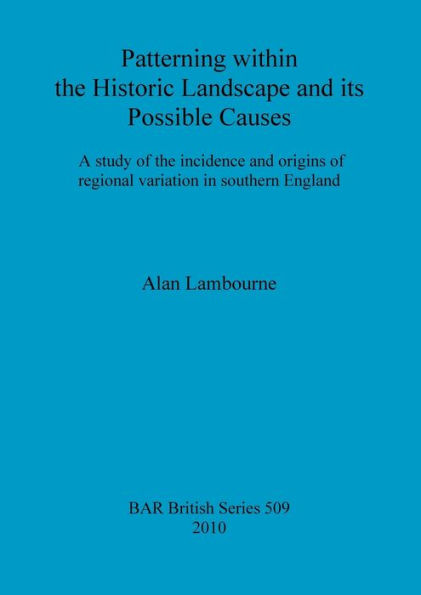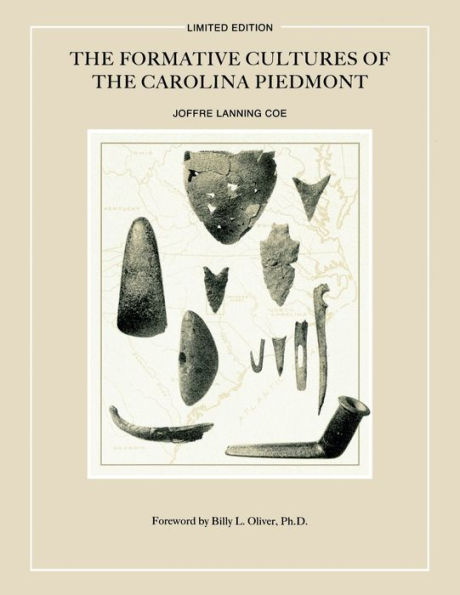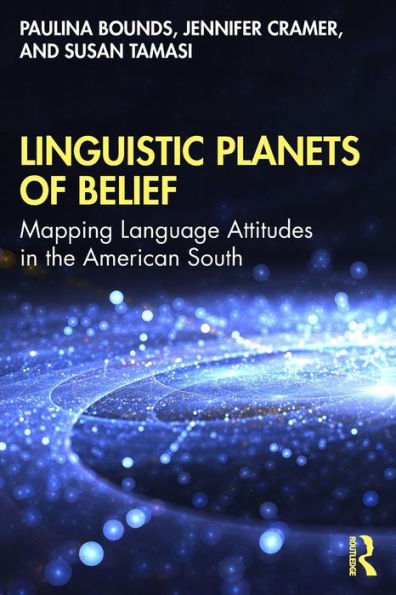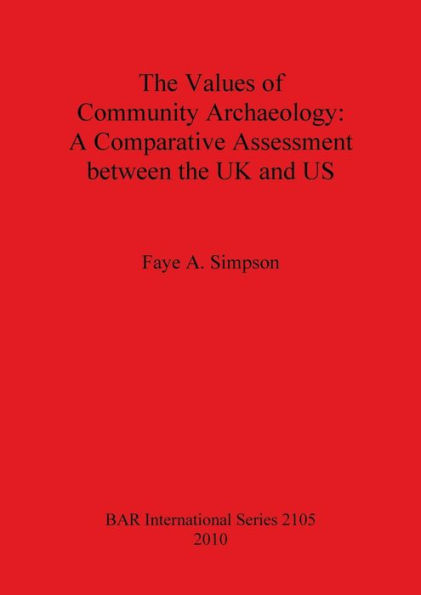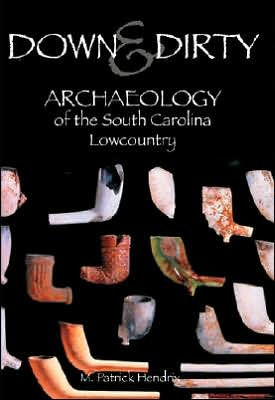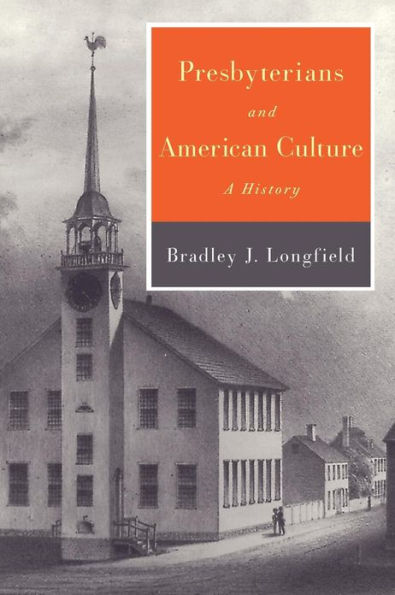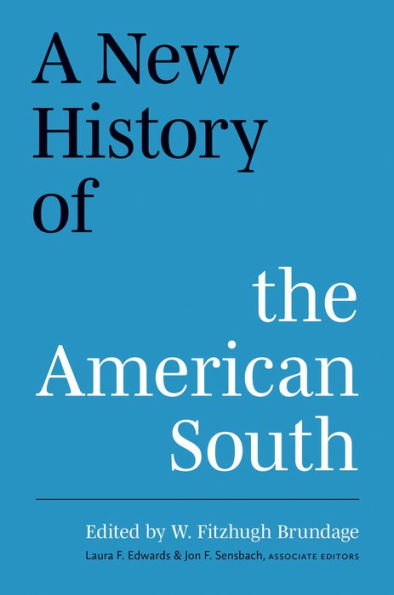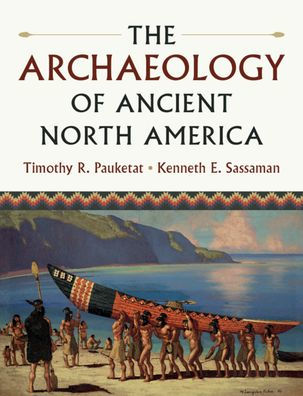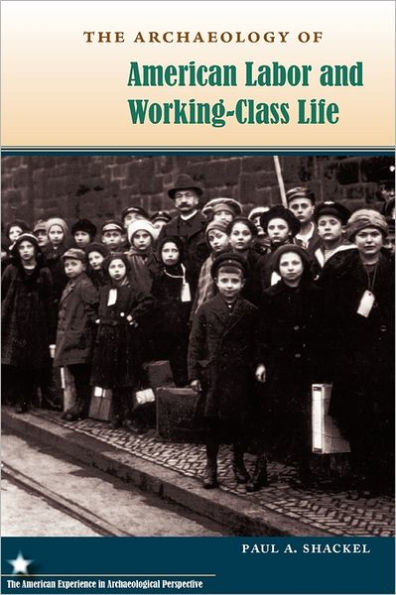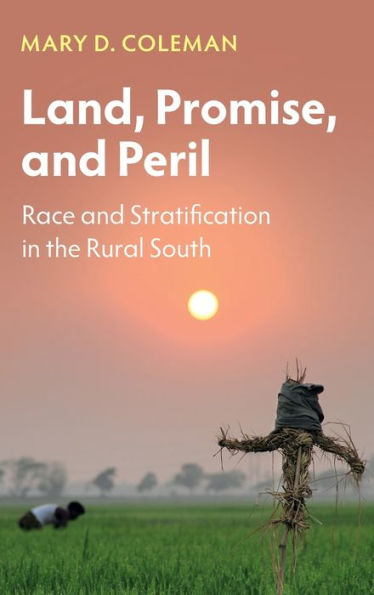Home
the Archaeology of Protestant Landscapes: Revealing Formation Community Identity US South
Barnes and Noble
the Archaeology of Protestant Landscapes: Revealing Formation Community Identity US South
Current price: $49.95
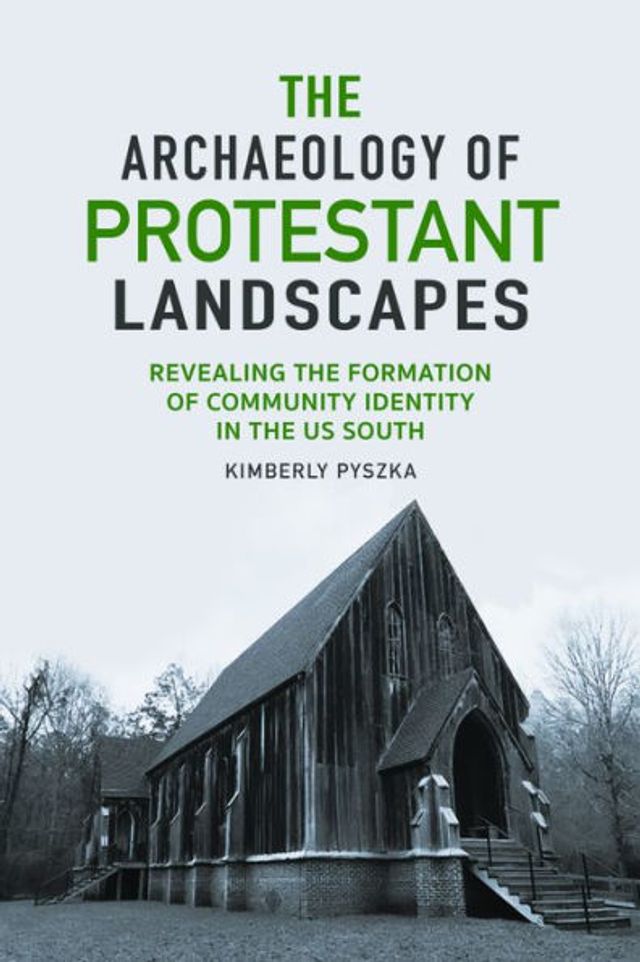

Barnes and Noble
the Archaeology of Protestant Landscapes: Revealing Formation Community Identity US South
Current price: $49.95
Size: Hardcover
Loading Inventory...
*Product information may vary - to confirm product availability, pricing, shipping and return information please contact Barnes and Noble
focuses on three religious institutions in the US South in the eighteenth and nineteenth centuries: St. Paul’s Parish Church in coastal South Carolina, St. Luke’s Episcopal Church in central Alabama, and Cane Hill College in Northwest Arkansas. Drawing from archaeological surveys and excavations, artifact analysis, archival research, geophysical testing, and architectural information on religious structures, Kimberly Pyszka offers case studies of these institutions, which were located in developing communities that varied socially, politically, and economically. Pyszka uses these case studies to demonstrate that select religious institutions used and modified natural landscape features to create cultural landscapes to express their ideology, identity, goals, and social, religious, and political power. She notes that where those structures were constructed, how they sat on the landscape, their architectural style, and their overall visual appearance were well-considered decisions made by religious leaders to benefit their organizations, communities, and, sometimes, themselves. Pyszka also uses these case studies to highlight the social roles that religious organizations played in the development of communities. She points to landscape decisionsspecifically to how the architectural design of religious structures was used, intentionally or not, to unite people, often those of differing religious backgroundsas contributing to the creation of a common identity among people living in new and still-growing settlements, aiding in community development. This book contributes to the growing body of work within historical archaeology on churches, churchyards, and cemeteries and to the increasing awareness among archaeologists of how these sites contribute to questions of identity, consumerism, trade, and colonialism.

